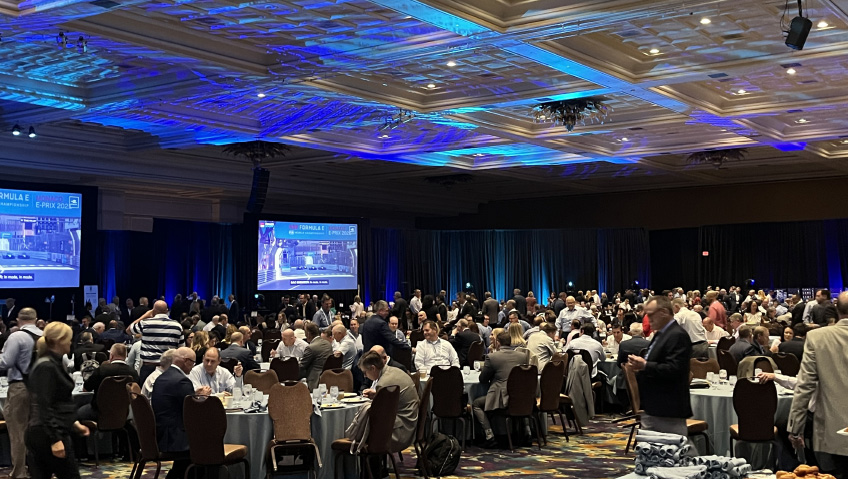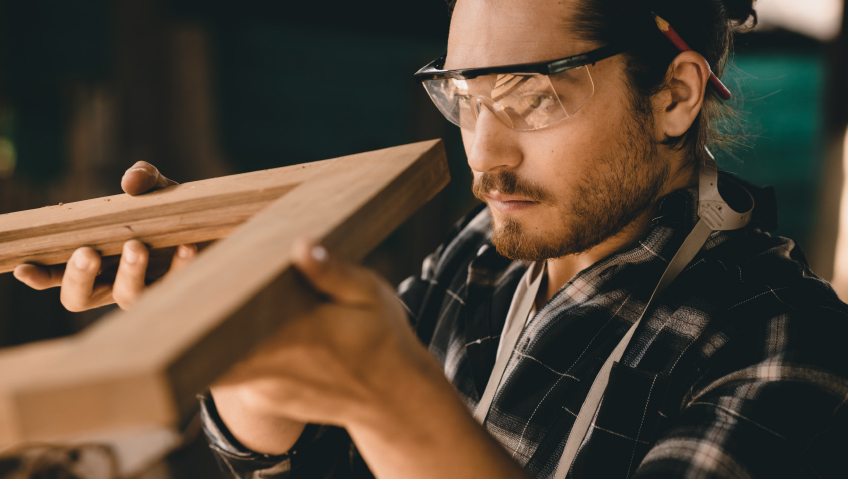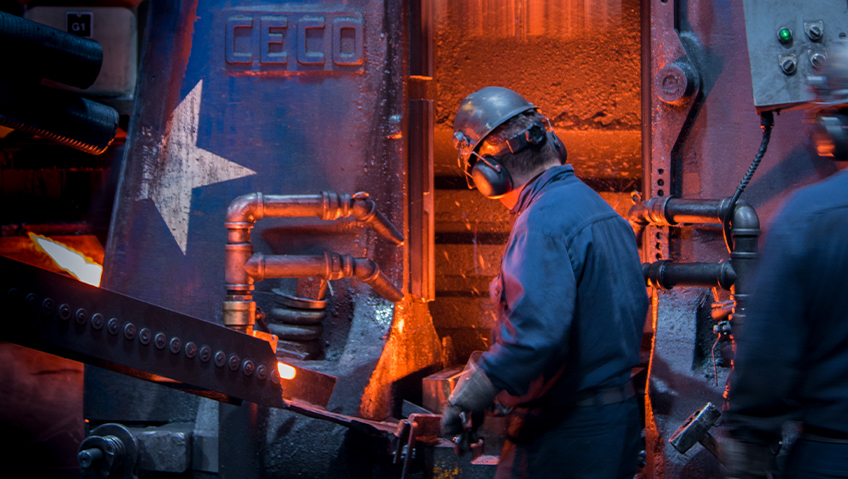The Electronic Components Industry Association (ECIA) is a source of guidance and best practices for companies seeking optimum performance within this highly competitive industry. It is also an advocate for helping North American electronic components manufacturers understand and manage through the regulations and standards needed to serve the wave of companies looking to establish or re-establish facilities in the U.S.
To achieve this, the ECIA has three constituencies through which it contributes to the interests of distributors, manufacturers, and independent manufacturers’ representatives within the electronics components field. The ECIA also provides its members with opportunities to build relationships and meet while giving them a voice in developing industry best practices and standards. It is a source of crucial industry knowledge and information from which its members benefit in many ways.
As part of this role as an industry convener, influencer, and optimizer, the association organizes gatherings where industry leaders compare notes, get to know one another, and make important, industry-defining decisions. These include, amongst others, its joint council meetings—brainstorming events where scores of stakeholders and other trusted voices from the three constituencies gather to compare notes on their operational successes and new initiatives based on thorough market analysis followed by policy development.
Then there is its annual conference, to be held in October in Chicago this year. The conference is attended by guests like the Assistant Secretary of the Department of Commerce, who discussed how the industry can improve its collaboration with the government through what it calls “advance due diligence” to prevent electronics shipments from going to undesirable agents posing as legitimate businesses. The event is an opportunity for leaders from across the electronics components industry, including executives from manufacturing and the distribution world, to connect and share in motivational talks, panel discussions, and forecasts on the world’s economy and their position in it.
Following the cancellations of the event due to COVID-19 in recent years, it sold out entirely in 2022. “We do a lot of original market research—especially as it applies to industry sentiment. We cut the data in a lot of different ways. That’s very beneficial to be able to help people know what’s going on in the overall market,” says David Loftus, President and Chief Executive Officer. The ECIA also hosts an executive conference, the EDS Summit, in Las Vegas, where partner companies discuss and agree on business strategies and upcoming product releases every year.
Established nearly a century ago, the original association on which the ECIA was founded was involved in radio distribution. Today, the organization continues to do invaluable work, ensuring the safety of purchasing original electronic components, online and elsewhere, from original equipment manufacturers (OEMs). To achieve this, it also runs what the association considers the only online authorized channel marketplace—www.trustedparts.com—supported by its OEM members.
“Other marketplaces have all kinds of brokers, grey-market activity, and things that can potentially fuel counterfeiting, which is very dangerous in the electronic space, as you can imagine,” Loftus says, underscoring the benefits of protecting quality and reliability, which set this platform apart. “Our online marketplace is a way for buyers to be fully confident that they’re getting genuine products from the OEMs with the full manufacturing warranty and the highest levels of quality and reliability.”
Alongside these efforts, the ECIA collaborates with affiliated organizations like JEDEC Solid State Technology Association, the self-described “global leader in developing open standards and publications for the microelectronics industry,” and others responsible for developing and overseeing industry standards of comparable goods. It also has dedicated groups of experts to oversee implementing, maintaining, and further developing around 500 industry standards governing manufacturing methods and quality craftsmanship in the country.
The association’s work is not only about protecting its partners and customers, however. The ECIA also sees to matters it considers its civic duty, such as training and education. Its courses and educational materials are custom-created with novices in mind. A welcome addition to this body of work is its focus on enumerating and explaining a myriad of industry acronyms.
Finally, the ECIA is a loyal industry advocate and works in partnership with other industry players to drive more solid support for industry legislation creation across the United States. As part of this commitment, Loftus is a member of the board of advisors for manufacturing association members of the National Association of Manufacturers (NAM). According to him, NAM’s invaluable work reaches far beyond the electronics components industry to fabrication across North America.
“A lot of issues touch manufacturing worldwide. So when it comes to sensible environmental regulation, it’s not that we are against it; it is just that we want it to be sensible,” he says of the work done by contributors from America and abroad.
As some of the country’s most respected fabricators join the association to ensure that standards are upheld across industries, the ECIA is also known for joining with others to get the job done. “We find that there is a lot of benefit in putting our voices together and having a stronger message in trying to create a more sensible regulatory environment and more favorable economic conditions to ensure that manufacturing is strong here in the U.S. and the rest of the western world,” Loftus says. He points out that the offshoring of fabrication is, according to trusted indicators, a declining trend as North American manufacturers respond to the supply chain challenges of the past few years.
While there are companies setting up new fabrication outfits in the United States following COVID-19, Loftus’ grasp of and experience in the complexities of manufacturing electronics components leads him to be conservative in his forecasts—especially when it comes to the speed at which this specific type of manufacturing may or may not return to home soil.
“It takes many, many years to be able to plan, build, and make effective new production lines for production facilities, especially for things like semiconductors… and a tremendous amount of capital,” he says. It takes the training of workforce, being able to tune and perfect… the most complex manufacturing processes on the planet to be able to create advanced semiconductors.”
The Biden administration’s CHIPS and Science Act of 2022 has given the local semiconductor manufacturing industry a tremendous boost, with estimated investments of around $150 billion confirmed by the White House. “The government’s partnership with our industry to be able to provide incentives to build these very expensive [facilities] on U.S. shores is showing some promise,” Loftus says. While economic pressures may have delayed some of the activity in this area, he remains positive about the industry’s outlook.
He is especially proud of the association’s “small but mighty team,” of 11. These valued people are responsible for organizing and facilitating everything from meetings to sizeable events for members to significant original market research. Without these member companies, their loyal support, and selfless contributions of time and expertise, the ECIA would have no claim to existence, let alone have its guidelines and work accepted by the industries it serves.
The association also serves the next generation of electronics experts through its support of FIRST Robotics. An acronym for “For Inspiration and Recognition of Science and Technology,” the organization was the brainchild of Dean Kamen, inventor of the Segway and the automatic portable insulin pump in 1976—amongst several other notable technologies through his company, DEKA. Kamen wanted to allow children and youngsters to learn from and be mentored by professional engineers while making it fun and inspiring them to pursue careers in science, technology, engineering, and mathematics.
“I could talk to you all day about the merits and wonders of this competition that is run almost like high school or college sports teams… that form almost like small businesses. We are happy to be significant sponsors. Our member companies also sponsor these teams locally,” says Loftus of the initiative that reaches over 700 thousand children annually across the globe.
As the evolution of electronics directly drives the evolution of modern technology, the ECIA takes its contribution toward education and industry advocacy locally and toward global industry practice seriously. To this end, its Paul Andrews Continuing Education (PACE) program boasts over 1100 participants at present. It is with this pragmatic view ahead that the ECIA looks toward its own good fortune and ability to expand its reach by continuing to do what it does best.






